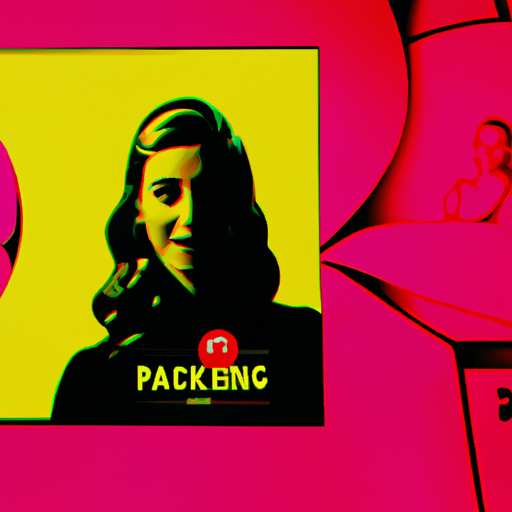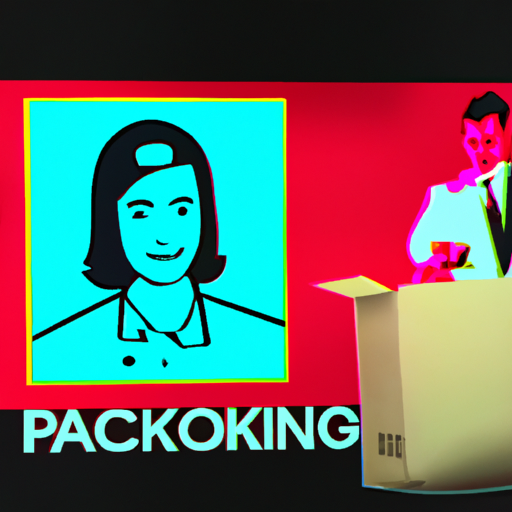
-
Table of Contents
Packaging for Non-Profit Organizations: Telling a Compelling Story

When it comes to non-profit organizations, packaging plays a crucial role in conveying their mission, values, and impact. In a world where attention spans are shrinking and competition for donations is fierce, it is essential for non-profits to tell a compelling story through their packaging. This article explores the importance of packaging for non-profit organizations and provides valuable insights on how to create packaging that captivates and engages potential donors.
The Power of Packaging
Packaging is often seen as a means to protect and contain products, but it can be much more than that. Packaging has the power to evoke emotions, create connections, and communicate messages effectively. For non-profit organizations, packaging serves as a tangible representation of their cause and a powerful tool to engage potential donors.
Research has shown that packaging can significantly impact consumer behavior. According to a study conducted by the Packaging Machinery Manufacturers Institute, 70% of purchasing decisions are made at the point of sale. This means that the packaging of a product, or in this case, a non-profit organization, can be the deciding factor in whether or not someone chooses to support the cause.
Telling a Compelling Story
Non-profit organizations have a unique opportunity to use packaging as a storytelling tool. By carefully designing their packaging, they can create a narrative that resonates with potential donors and inspires them to take action. Here are some key elements to consider when telling a compelling story through packaging:
1. Visual Identity
A strong visual identity is crucial for non-profit organizations. It helps create recognition and builds trust with potential donors. When designing packaging, non-profits should consider incorporating their logo, colors, and other visual elements that are consistent with their brand. This consistency helps reinforce their message and makes their packaging instantly recognizable.
For example, charity: water, a non-profit organization that provides clean and safe drinking water to people in developing countries, has a distinct visual identity. Their packaging uses a clean and minimalist design, with their logo prominently displayed. This consistency in their packaging helps reinforce their mission and creates a strong brand presence.
2. Storytelling through Imagery
Images have the power to evoke emotions and tell stories in a way that words alone cannot. Non-profit organizations can leverage this power by using compelling imagery on their packaging. These images should be carefully selected to reflect the organization’s mission and the impact they are making.
For instance, the World Wildlife Fund (WWF) uses powerful imagery of endangered animals on their packaging to raise awareness about conservation efforts. By showcasing these images, they are able to tell a story about the importance of protecting wildlife and inspire people to support their cause.
3. Impactful Messaging
Clear and impactful messaging is essential for non-profit organizations to communicate their mission and inspire action. The messaging on their packaging should be concise, compelling, and aligned with their overall brand message.
One non-profit organization that excels in impactful messaging is TOMS, a company that donates a pair of shoes to a child in need for every pair purchased. Their packaging includes a simple but powerful message: “With every product you purchase, TOMS will help a person in need. One for One®.” This messaging not only communicates their mission but also creates a sense of purpose for the consumer.
Case Studies: Successful Packaging for Non-Profit Organizations
Let’s take a look at two case studies of non-profit organizations that have successfully used packaging to tell a compelling story and engage potential donors:
1. (RED)
(RED) is a non-profit organization that partners with various brands to raise money for the fight against AIDS. They have successfully used packaging as a storytelling tool to create awareness and generate donations.
(RED) collaborates with well-known brands such as Apple, Coca-Cola, and Starbucks to create special edition products. These products feature the iconic (RED) logo and packaging that clearly communicates the impact of the purchase. For example, when a consumer buys a (RED) product, a portion of the proceeds goes towards providing life-saving medication to people living with HIV/AIDS.
The packaging of (RED) products not only showcases the partnership with these brands but also tells a powerful story about the impact of the purchase. By aligning their packaging with their mission, (RED) has been able to engage consumers and raise millions of dollars for the fight against AIDS.
2. FEED
FEED is a non-profit organization that fights hunger and malnutrition around the world. They have successfully used packaging to communicate their mission and engage consumers in their cause.
FEED’s packaging is simple yet impactful. Each product is labeled with a number that represents the number of meals that will be provided with the purchase. For example, a bag of coffee might be labeled “FEED 50,” indicating that the purchase will provide 50 meals to those in need.
This packaging strategy not only communicates the impact of the purchase but also creates a sense of urgency and purpose for the consumer. By making the connection between the product and the number of meals provided, FEED is able to engage consumers and inspire them to take action against hunger.
Key Takeaways
When it comes to packaging for non-profit organizations, telling a compelling story is essential. Here are the key takeaways to keep in mind:
- Packaging is a powerful tool that can evoke emotions, create connections, and communicate messages effectively.
- A strong visual identity helps create recognition and builds trust with potential donors.
- Images have the power to tell stories and evoke emotions.
- Clear and impactful messaging is essential to communicate the organization’s mission and inspire action.
- Case studies of successful non-profit packaging, such as (RED) and FEED, provide valuable insights and inspiration.
By incorporating these elements into their packaging, non-profit organizations can create a compelling story that captivates and engages potential donors. Remember, packaging is not just a means to contain products; it is a powerful tool to communicate a non-profit organization’s mission and inspire action.
